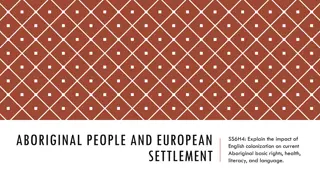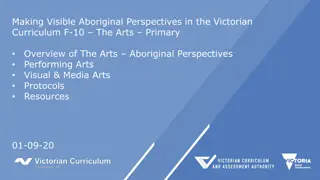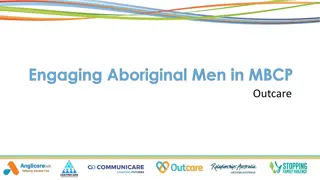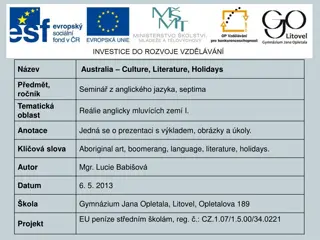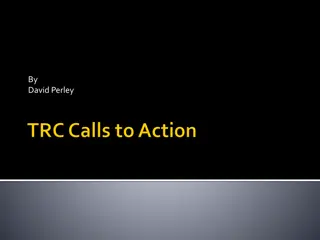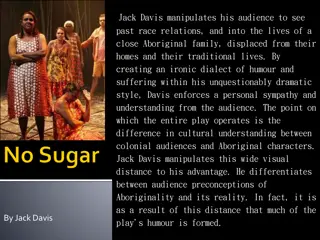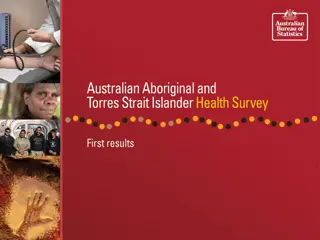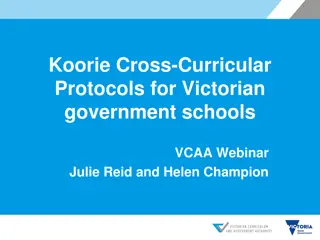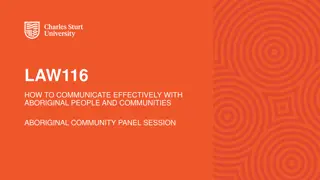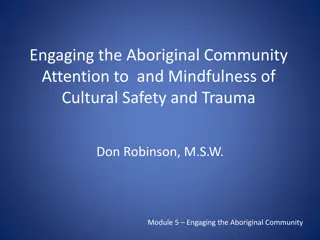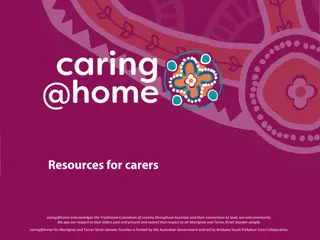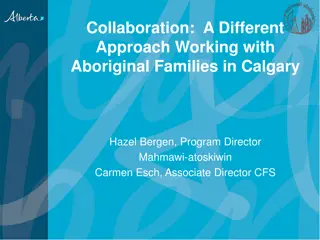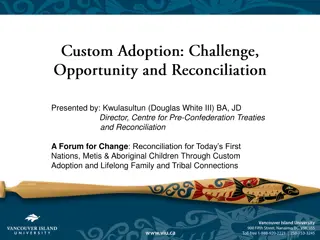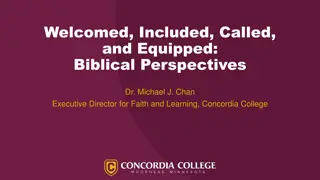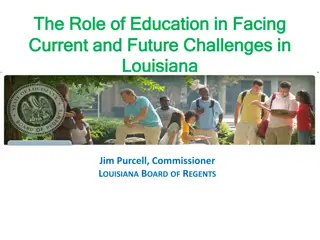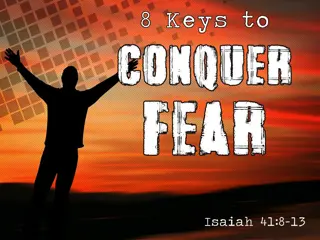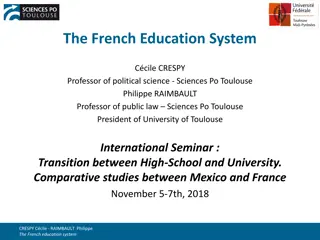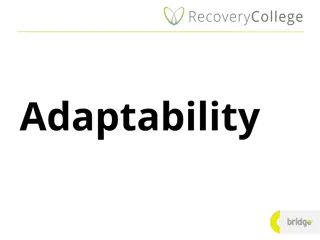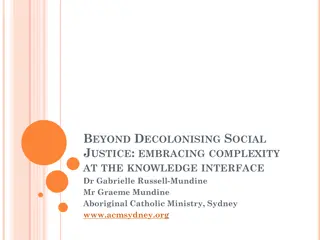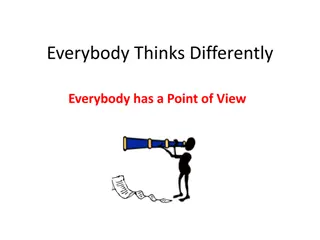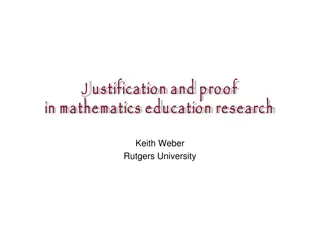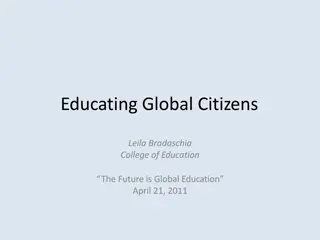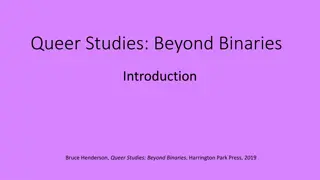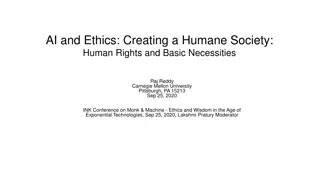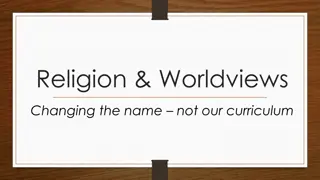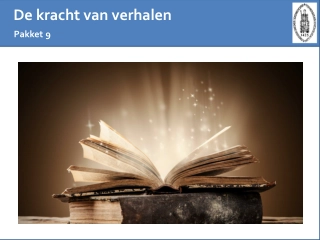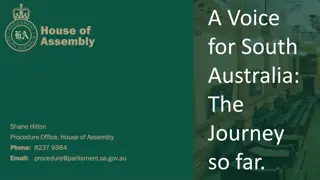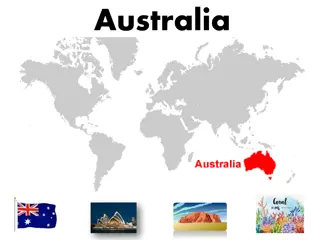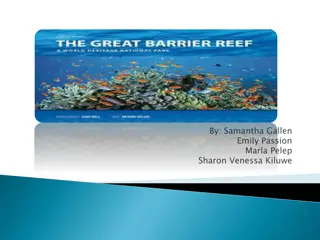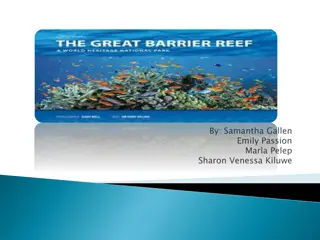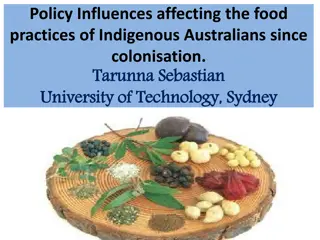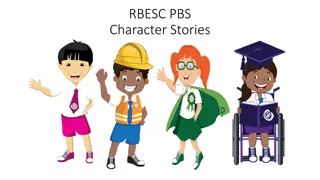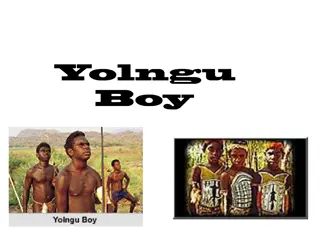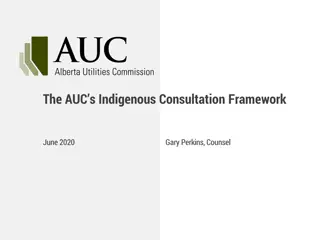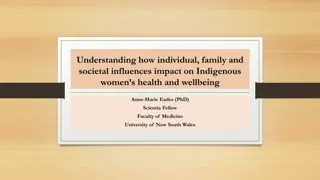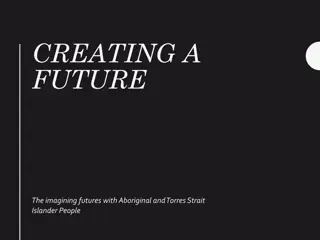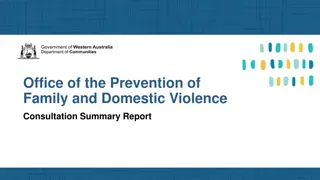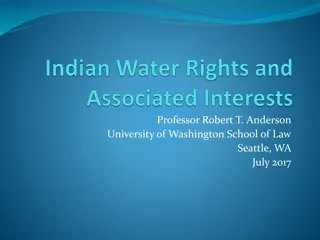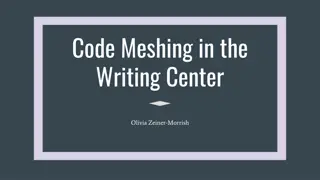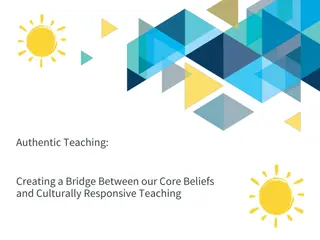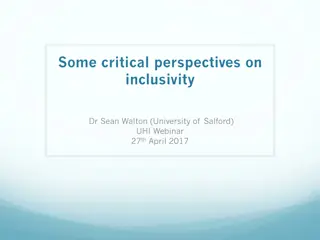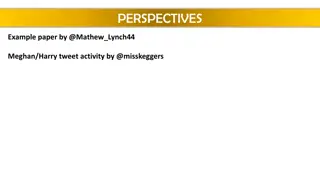Embracing Aboriginal Perspectives in Education
Explore the significance of incorporating Aboriginal perspectives in education while ensuring cultural sensitivity. Gain insights on teaching methodologies, mandatory and optional content, and fostering a respectful learning environment. Overcome the fear of causing offense and embrace the richness of Aboriginal and Torres Strait Islander histories and cultures.
Uploaded on Oct 02, 2024 | 0 Views
Download Presentation

Please find below an Image/Link to download the presentation.
The content on the website is provided AS IS for your information and personal use only. It may not be sold, licensed, or shared on other websites without obtaining consent from the author. Download presentation by click this link. If you encounter any issues during the download, it is possible that the publisher has removed the file from their server.
E N D
Presentation Transcript
I want to teach Aboriginal perspectives but I don t want to offend anyone VCAA webinar Julie Reid and Fay Stewart-Muir
Paralysis of Integrity Where you want to do something because it is the right thing to do, but you don t do it because you fear that you might cause offence or make a mistake.
Aboriginal Perspectives in the Curriculum See the world from an Aboriginal person s point of view Cross curriculum priority: Aboriginal and Torres Strait Islander histories and cultures
Please ask your questions now. Don t be afraid to ask.
Mandatory content Victorian Aboriginal Languages History Levels 3-4, 5-6, 7-8, 9-10 Geography- F-2, 3-4, 5-6, 7-8, 9-10 English F-2, 3-4, 5-6, 7-8 Civics and Citizenship 7-8, 9-10 The Arts*
Mandatory content Content Description Aboriginal and Torres Strait Islander Country/Place on which the school is located and why Country/Place is important to Aboriginal and Torres Strait Islander peoples, and the ways in which they maintain special connections to particular Country/Place (VCGGK066) (F-2)
Optional content In the elaborations identifying and using the name of the local Aboriginal/Torres Strait Islander Language Group identifying how and why the words Country/Place are used by Aboriginal and Torres Strait Islander peoples for the places to which they belong inviting members of the Traditional Owner Group to talk about Country and Places of cultural and historical significance to the Aboriginal and Torres Strait Islander community in the local neighbourhood, suburb, town or rural locality
In elaborations only Name and order months and seasons (VCMMG118): (Math) Elaborations investigating the seasons used by Aboriginal people, comparing them to those used in Western society and recognising the connection to weather patterns.
How do you avoid paralysis of integrity in relation to Aboriginal Perspectives in the curriculum? Koorie Cross-Curricular Protocols for Victorian government schools
Principles Koorie and all Aboriginal people are entitled to respect for their culture. Exposure to, and engagement with, Koorie and other Aboriginal and Torres Strait Islander cultural heritage will enrich all Australians and strengthen our unique identity.
Principles Koorie and other Aboriginal and Torres Strait Islander cultural heritage, including cultural expression, is the intellectual property of Koorie and other Aboriginal and Torres Strait Islander people. Cultural expressions include stories, poetry, songs, instrumental music, dances, plays, ceremonies, rituals, performances, symbols, drawings, designs, paintings, body paintings, carvings, sculptures, handicrafts, baskets, needlework, textiles, artefacts and instruments.
Principles Koorie people are entitled to protect and manage the use of their cultural heritage and expression. Koorie people are entitled to benefit from any activities that use their cultural heritage and expression. Koorie people are entitled to government support in the protection and maintenance of their cultural heritage and expression.
Guidelines The first step in the development of any school activity involving students active development of, or production of a replica of, a Koorie cultural expression must be in consultation with the Traditional Owners or Custodians of the land on which the school stands, as described in Using Koorie cultural expressions in the classroom.
Guidelines The Traditional Owners or Custodians remain the owners of the Indigenous Cultural and Intellectual Property (ICIP) rights used in the activity, and should be acknowledged as such in any published materials relating to the activity.
Guidelines The activity must not damage Koorie, and more broadly Aboriginal and Torres Strait Islander, cultural integrity.
Credible resources in the public domain Aboriginal Languages and Cultures Victoria site sample units VAEAI Resources for schools and families Museum Victoria Koorie Heritage Trust
Using Koorie cultural expressions in the classroom Meaningful learning about Koorie cultures, traditions, histories and experiences is enhanced by consultation with Koorie Communities. No amount of study can substitute for the lived experiences of members of these Communities.
Rule of thumb If the students are simply receiving information, eg, watching a video, there is no need to consult. However, if the students will undertake a task that involves creating something that replicates or utilises a Koorie cultural expression, you must consult with the appropriate Koorie community.
Not sure? If you are unsure about the need to consult or are seeking advice on appropriate local Koorie Community organisations, contact either: your local Koorie Education Coordinator (KEC), Your Koorie Engagement Support Officer (KESO), or Your Local Aboriginal Education Consultative Group (LAECG)/VAEAI.
Working with Koorie Communities Koorie people prefer that schools begin with local cultural expressions, then extend out geographically. See the Koorie Cross-Curricular Protocols site for further information on working with Koorie communities.
Indigenous Cultural and Intellectual Property Indigenous Cultural and Intellectual Property (ICIP) rights must be respected. ICIP can cover many different forms of traditional culture and expression. Some of these are: Writing, e.g. a book, poetry Music, e.g. a song Performances, e.g. dance, ceremonies Artistic work, e.g. painting
ICIP Languages Tangible cultural property, e.g. sacred sites, burial grounds Intangible cultural property, e.g. stories passed on orally Documentation of Indigenous peoples heritage in all forms of media, e.g. reports, films, sound recordings. (Source: Artists in Black, Arts Law Information Sheet). For more see: Indigenous cultural and intellectual property
Potentially sensitive issues Stolen generation Koorie deaths in custody Native Title rights Land rights Reconciliation Australia Day Racism Language loss
Language matters! Choose your words carefully so as not to offend. Don t use ATSI Koorie is generally the preferred term for Victorian Aboriginal people Many people don t like the word Indigenous being used for people
Language matters! They are Aboriginal or Koorie people. Aboriginal is an adjective. Preference for terminology can vary according to context ask You are talking about real people, so speak respectfully Creation or Dreaming stories are the equivalent of Bible stories, they are not myths or legends
Preparation for an activity involving Koorie community members Be prepared to be flexible when consulting and/or working with Koorie Communities. Consult with the Community person about what is acceptable before their visit. The teacher should also advise the Community member of the students age, likely questions, and any other information relevant to the activity.
Information on working with Koorie people VAEAI s Protocols for Koorie Education in Victorian Primary and Secondary Schools provide guidance on how to make the Koorie person feel welcome and for working respectfully with them.
Links Koorie Cross-Curricular Protocols for Victorian Government Schools: http://www.education.vic.gov.au/school/teachers/t eachingresources/diversity/Pages/koorieart.aspx Aboriginal Languages and cultures Victoria: http://www.vcaa.vic.edu.au/pages/alcv/about.aspx
Links VAEAI Resources: http://www.vaeai.org.au/support/dsp-default.cfm?loadref=126 Museum Victoria: https://museumvictoria.com.au/ Koorie Heritage Trust: http://koorieheritagetrust.com.au/ Koorie Education Coordinators: http://www.education.vic.gov.au/about/contact/Pages/wannikregional.aspx
Links Local Aboriginal Education Consultative Groups: http://www.vaeai.org.au/contacts/dsp-default.cfm?loadref=41
Contacts Julie Reid (VCAA) 9032 1679 reid.julie.j@edumail.vic.gov.au Fay Stewart-Muir (VACL) fmuir@vaclang.org.au


